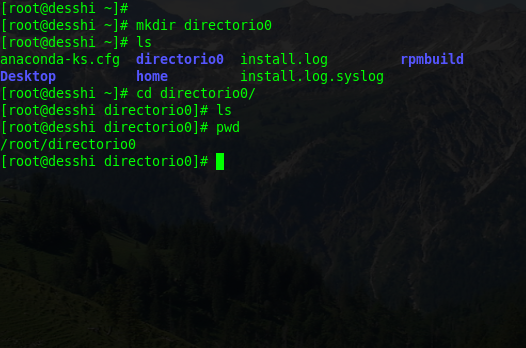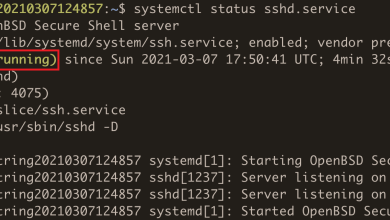How to Use the mkdir Command to Create Directories

The mkdir (make directory) command is a fundamental utility in Unix, Linux, and other Unix-like operating systems. It allows users to create new directories in the file system. This guide provides an overview of the mkdir command, its syntax, and practical examples to help you create and organize directories efficiently.
Syntax of the mkdir Command
The basic syntax of the mkdir command is as follows:
mkdir [OPTIONS] DIRECTORY_NAMEComponents:
mkdir: The command to create directories.[OPTIONS]: Optional flags to modify the behavior of the command.DIRECTORY_NAME: The name or path of the directory to be created.
Common Options
-p(Parent): Create parent directories as needed. If intermediate directories in the path do not exist, they will be created automatically.mkdir -p /path/to/new/directory-v(Verbose): Display a message for each directory that is created.mkdir -v new_directory-m(Mode): Set permissions for the new directory immediately. The mode is specified using octal notation.mkdir -m 755 new_directory--help: Display help information about themkdircommand.mkdir --help
Practical Examples
1. Create a Single Directory
To create a single directory named example:
mkdir exampleVerify its creation using the ls command:
ls2. Create Nested Directories
To create a directory structure (/projects/code/python):
mkdir -p /projects/code/pythonThis command creates all directories in the specified path if they do not already exist.
3. Create Multiple Directories at Once
To create multiple directories (dir1, dir2, dir3):
mkdir dir1 dir2 dir3Verify using:
ls4. Create a Directory with Specific Permissions
To create a directory named secure with 700 permissions (owner only):
mkdir -m 700 secureCheck permissions using the ls -l command:
ls -ld secure5. Create Directories Verbosely
To see a confirmation message for each created directory:
mkdir -v projectOutput:
mkdir: created directory 'project'Error Handling
1. Directory Already Exists
If the directory already exists, mkdir will return an error:
mkdir existing_directoryOutput:
mkdir: cannot create directory 'existing_directory': File exists2. Insufficient Permissions
If you lack the necessary permissions to create a directory in the target location:
mkdir /root/new_directoryOutput:
mkdir: cannot create directory '/root/new_directory': Permission deniedSolution: Use sudo to run the command with administrative privileges:
sudo mkdir /root/new_directoryCombining with Other Commands
1. Create and Change to a Directory
To create a directory and immediately navigate to it:
mkdir new_directory && cd new_directory2. Create Directories Using Variables
Use shell variables to create directories dynamically:
project_name="my_project"
mkdir $project_name3. Create Directories with Timestamps
To create a directory with the current date and time:
mkdir $(date +%Y-%m-%d_%H-%M-%S)Best Practices
- Use Descriptive Names: Choose directory names that clearly describe their purpose to make navigation easier.
- Verify Permissions: Set appropriate permissions during creation to ensure security.
- Check for Existing Directories: Use the
-poption to avoid errors when creating nested directories. - Use Version Control: Organize project directories under version control (e.g., Git) to manage changes efficiently.
Conclusion
The mkdir command is an essential tool for directory management in Linux and Unix systems. By understanding its options and use cases, you can create and organize directories efficiently, ensuring a well-structured file system. With practice, mkdir becomes an invaluable part of your command-line toolkit.




